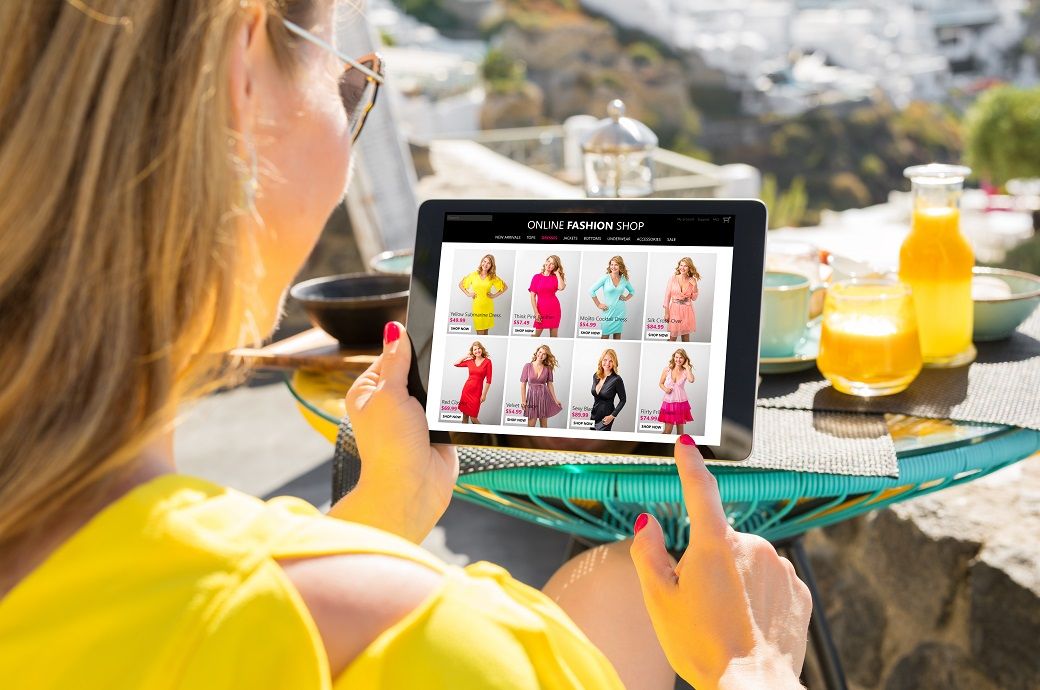
Shoppers’ final steps depend on trust and efficiency. Reviews, shipping costs and delivery dominate purchase confidence: 67 per cent identify reviews as the top trust signal; 62 per cent abandon due to high shipping costs; 51 per cent abandon due to long delivery times, the survey conducted by Constructor and Shopify found.
Even a few years ago, most online shopping journeys followed a recognisable pattern: start with a Google search, click through one or two retailer sites to compare, make a choice, and check out. It wasn’t perfectly linear, but it was predictable. In 2025, that journey still exists, but new pathways are reshaping the landscape, the survey, titled ‘The State of Ecommerce: A comprehensive look at how shoppers buy online in 2025’ found.
A first spark might now come from TikTok or Instagram, or even from a generative AI tool like ChatGPT. From there, expectations are higher: shoppers assume a retailer’s site can interpret their intent, refine results quickly, and surface only the most relevant products. At checkout, they expect saved payment methods, one-click speed, fast delivery and transparent returns as table stakes.
The result is a path that still echoes the past but is becoming faster, more fragmented and far less forgiving. The report findings reflect these changes, revealing a landscape where shoppers expect speed, relevance, and clarity—and defect quickly when their needs are not met. Yet the onsite experience continues to lag in delivering against those expectations, despite years of investment:
Sixty-six per cent admit that in rage-quit moments, they turn to Amazon, underscoring its role as the competitor that ‘just works’.
Artificial intelligence (AI) is moving from hype to habit. Sixty-four per cent have tried GenAI (up from 51 per cent last year); 58 per cent are comfortable using it for shopping.
Social shopping is universal; preferred platforms vary. While platforms like TikTok have become core entry points for Gen Z, Facebook and Instagram are preferred among Millennials and Gen X.
Shoppers want speed and clarity. Fifty-five per cent would pay more for the right item to avoid scrolling through several pages of results.
Personalisation gaps persist online. Forty-one per cent of shoppers feel like strangers to their favourite retailers; only 20 per cent see frequent personalisation.
Irrelevant retail media risks shopper trust. Half are cautious or critical of sponsored listings, and 25 per cent would pay to avoid them.
ALCHEMPro News Desk (DS)
Receive daily prices and market insights straight to your inbox. Subscribe to AlchemPro Weekly!